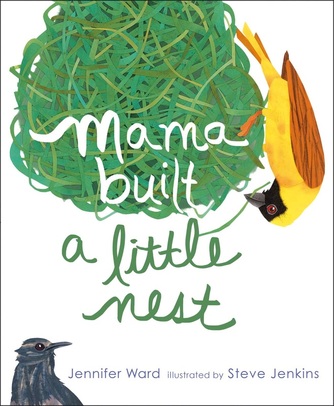 Our project began after we read the book, "Mama built a little nest", by Jennifer Ward. “There are so many different kinds of birds—and those birds build so many different kinds of nests to keep their babies cozy. With playful, bouncy rhyme, Jennifer Ward explores nests large and small, silky and cottony, muddy and twiggy—and all the birds that call them home!” ~http://www.amazon.ca The children were so intrigued by the variety of nests. We picked our favorites and learned about the birds that lived in these nests. The children chose: a nest made out of mud (flamingo), a nest that floats in the water (grebe), a nest made out of a hole in the ground (burrowing owl), and a nest made of giant sticks (bald eagle). The pictures in the book are fabulous, but they weren’t real photographs. We were curious to know what these nests really look like. Google came to the rescue. The children quickly learned which birds matched which nests 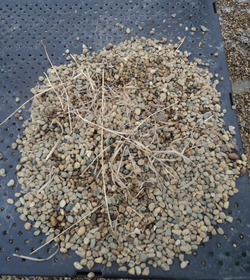 The children were so excited about nests that they began to make their own nests at recess. With all of this genuine interest, Miss Holman and Mr. Lantz knew they would have to take this idea further. First, we made a list, posing this problem to the children: what do birds need to make a nest? The kids were full of ideas:
While the kids were sorting, we heard and saw the most interesting things.
After we sorted, it was time to build. The kids were each given a piece of thick cardboard as the base. They were free to build with any materials with only 2 conditions:
Can the nests survive the “wind test”? The kids were very imaginative and did an excellent job. Here are some of the nests after Day 1: As Day 2 began, we took a moment to look at some real nests. Mrs. Sterling, Mr. Lantz, and Miss Holman had brought in some nests that we found abandoned at home. The children we asked to observe the nests and find something that they all had in common. These are the ideas the children had:
With that in mind, the children were sent back to their nests to make some adjustments. This time, they had to pass the egg test. If the egg falls out when the wind blows, they would have to fix the nest so that it wouldn’t. It was so amazing to watch the kids fine-tune what they had already created. After Day 2, the children thought they had the perfect nests and called it a day. Clean-Up! Now that our building is done, the children were challenged to use their imaginations to create a bird to live in their nest. The children drew a picture of what their bird would look like and what it would be called. Literature Link: 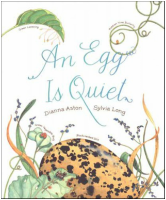 The children did such a great job creating birds in their imaginations that we wondered what kind of egg their bird would lay. After reading “An Egg is Quiet” by Dianna Hutts Aston, the children learned that eggs can have many different colours, shapes, sizes, and textures. That was all the information we needed. The kids went straight to work. Curricular Objectives Covered by our Nest Project
Science I can explore and investigate objects in the environment I can generate ideas to make sense of objects and relationships I can demonstrate some ways of organizing materials (i.e. collecting, arranging, creating, and transporting) I can select and works with a variety of materials to build structures I can use materials for a purpose I know that I need to take care of materials and use them without wasting them I have started to use some technology in my learning activities I am aware of the importance of protecting the environment I can describe a home for a bird I can recognize familiar animals, what they look like, and where they live I can identify familiar shapes in the environment (i.e. circles) I know there are different colours, shapes, patterns, and textures in the environment Math I can tell you what is the same and what is different in living things, objects, and materials I can describe objects in my environment, sort objects according to things that are the same, and match objects as going together I can compare objects based on length I can build and describe 3-D objects Language Arts I can suggest ways to gather ideas and information I can find information from a variety of different places I can use pictures, photographs, and video programs to find information I can use new words and vocabulary associated with our project I can ask questions to understand new information I can identify some individual words in texts and on the word wall I can recognize capital letters and periods in print texts I can write a sentence I can speak in a clear voice to share ideas and information I can make comments about what we are talking about I can connect letters with sounds in words I can hear and identify dominant sounds in spoken words I can use drawings to illustrate ideas and information I can listen to the ideas of others Creative Expression I can experiment with a variety of art materials to create 2- and 3-D forms I can use past experiences to develop new ideas I can explore familiar materials in new ways I can respond to and interpret visual images, by viewing natural forms
1 Comment
This was the message delivered by our superintendent on opening day. It seems to have struck a chord with many PHRD teachers who are embracing the challenges presented in their classrooms this year with even more than than their usual amounts of determination, creativity and commitment. Some PHRD teachers are taking their classrooms into the public realm with class blogs that are shared with parents, families, and students in other schools, towns and countries. Others are entering the Twitter-verse and bravely sharing their learning on social media platforms. Many PHRD teachers are re-thinking how curriculum is divided and delivered. Some of the questions being asked in various classrooms in the division:
By Tammy Tkachuk 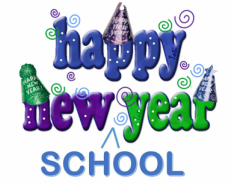 It is that time of year again: new classrooms, new books, new students, new assignments... And why not make a new school year resolution? What is one thing you could change this year about your classroom and your teaching? Maybe this is your year to try using Google Classroom. Perhaps you want to revamp some unit and lesson plans. It could be you hope to build students' group work and collaboration skills. You might think of differentiating your instruction. Or you might focus on giving students choice about how they represent their learning. Participate in the Global Read Aloud or challenge your students with activities from Taking IT Global. The possibilities are endless! You don't have to make big changes. Start with something small. Pick one thing and give it a try. Take a risk. Click on the following link to check out some of the things PHRD teachers have done by making small changes in their practice. PHRD Connections List of Materials 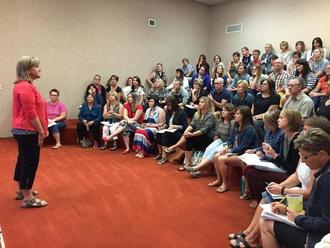 Tammy Tkachuk speaking to BES Staff Tammy Tkachuk speaking to BES Staff Welcome back everyone, Your Collaborative Lead Teacher team is excited to start working with you all this year. Our job is to support staff in innovative practices that represent continuous improvement of pedagogy and student achievement. Some ways that we could support you and your teaching practice: Instructional Design -Social emotional learning (Eg. Block 1 lessons, building community activities) -Plan activities, lessons or units (Eg. Universal Design for Learning, Differentiated Instruction, Project Based Learning or Daily 5) -Connect you with other educators in and outside of PHRD -Find resources -Plan assessment -Collect feedback & documentation on a strategy you are trying in your class Technology Integration -Google (Drive, Classroom, Chrome-Apps & Extensions) -iPads (accessibility features, apps for creation) -Digital Citizenship -ePortfoilios (Edublogs, FreshGrade) Communication (students & families) -Class websites -Remind 101 -ePortfolios (Edublogs, FreshGrade) Classroom Connections -Video conferencing (VROC experts, Skype) -Global Read Aloud -Global Cardboard Challenge -Blogging If you are interested in having us work with you go to our website http://phrdconnections.weebly.com/ and fill out the form on our "Book Us" page. |
Categories
All
AuthorsThis blog and resources website has been developed through the work of various AISI coaches in PHRD. The lead collaborative teachers for the 2015/2016 school year, Cheryl Frose, Christine Quong and Tammy Tkachuk will continue to update this site. If you have resources you would like to share or would like to contribute to the blog, please contact us. Archives
May 2016
|
PHRD Connections
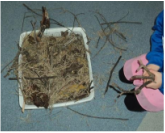
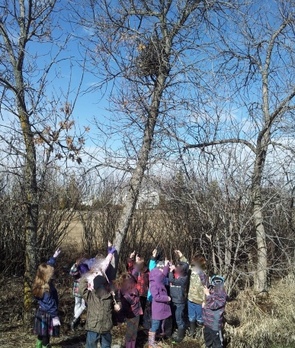
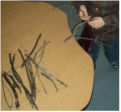
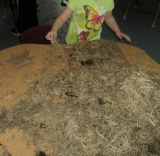
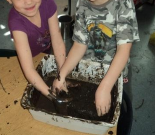
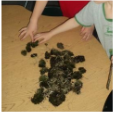
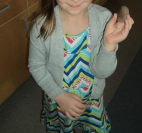
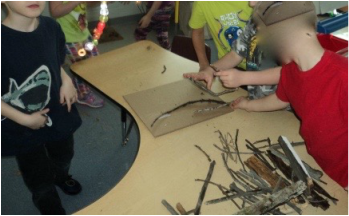
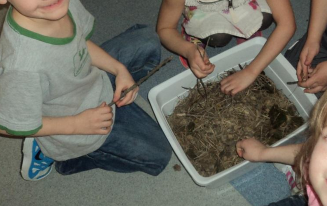
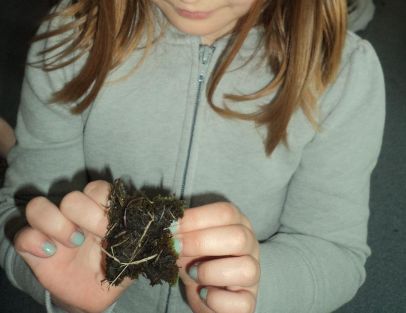
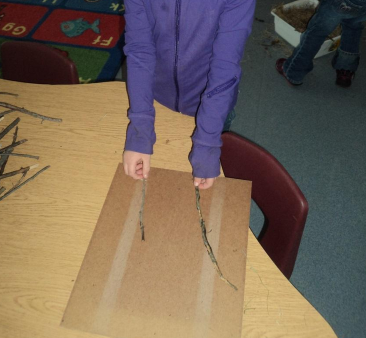
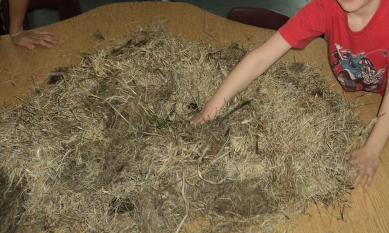
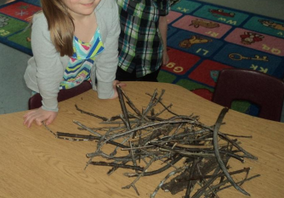
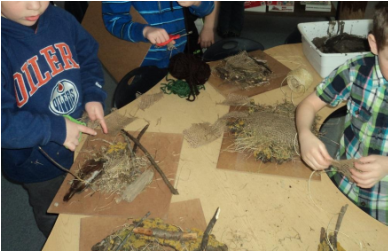
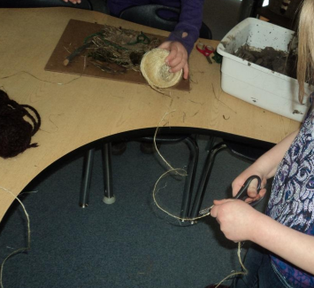
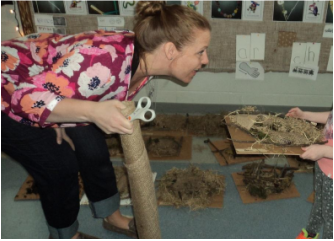
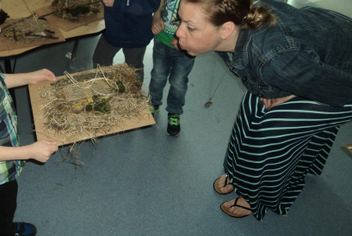
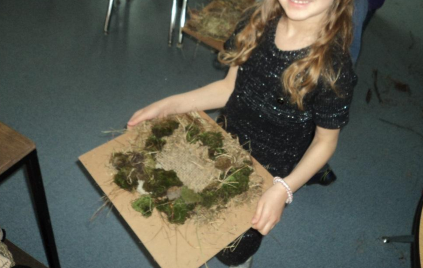
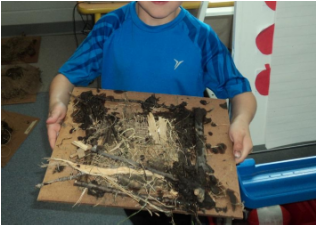
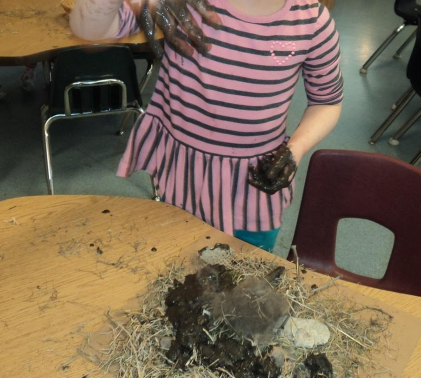
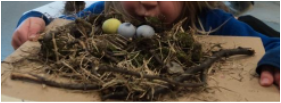
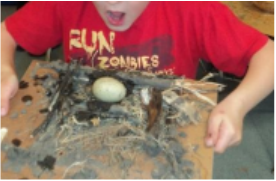
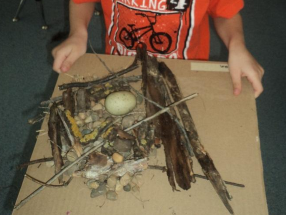
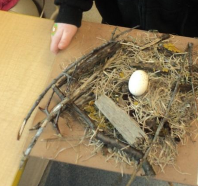
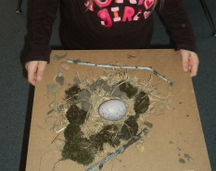
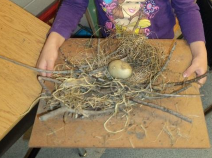
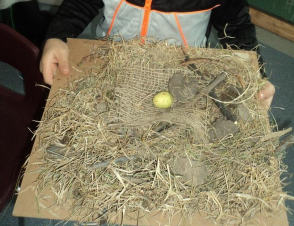
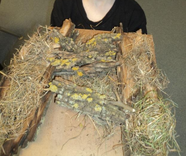
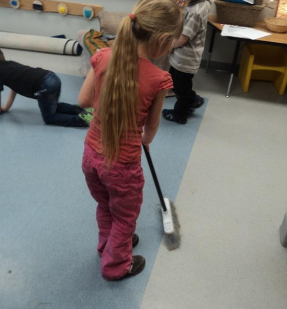
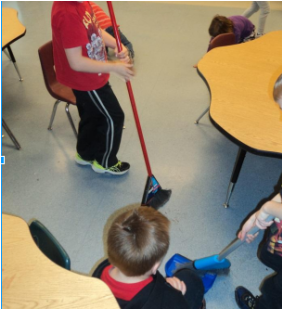
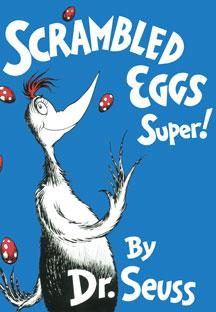
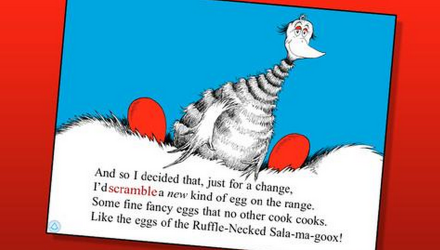
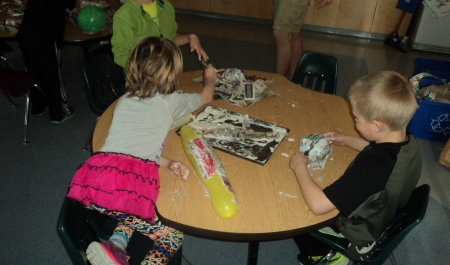
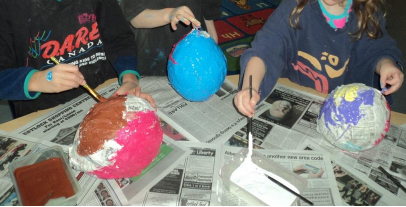
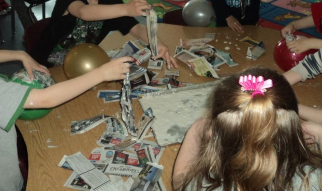
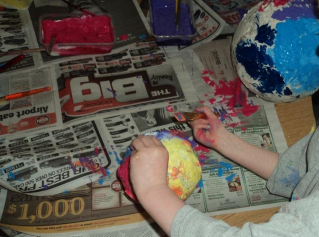
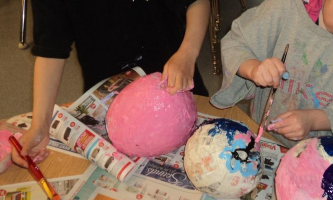
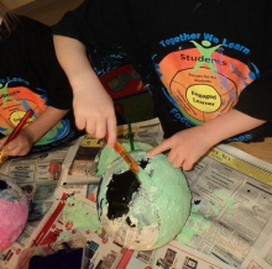
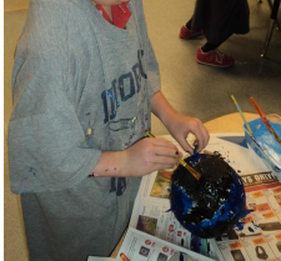
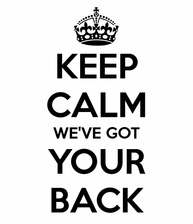
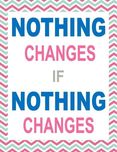
 RSS Feed
RSS Feed

